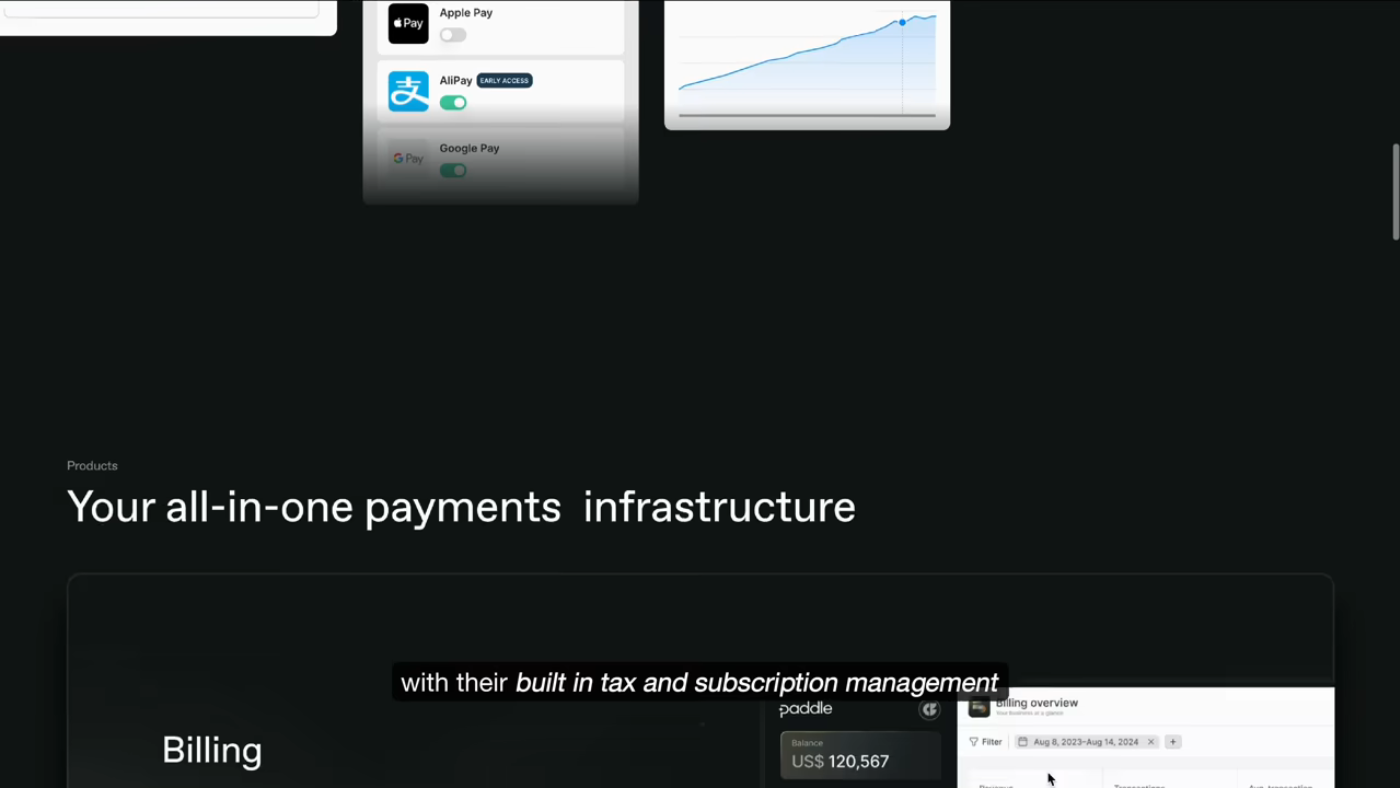Building a Profitable App: A Step-by-Step Guide
The dream of creating a successful, money-generating app is a tantalizing one for many developers. However, turning this dream into a reality often proves to be a daunting task. With so many aspects to consider, from conceptualization to deployment, and the ever-present risk of getting bogged down in non-essential details, it's easy to lose sight of what truly matters.
Introduction to App Development
 Introduction to the world of app development, where ideas meet reality
The journey begins with an idea, a spark that ignites the desire to bring something new into the world. For many, the barrier to entry seems insurmountable, with questions about where to start and how to navigate the complex landscape of coding and development.
Introduction to the world of app development, where ideas meet reality
The journey begins with an idea, a spark that ignites the desire to bring something new into the world. For many, the barrier to entry seems insurmountable, with questions about where to start and how to navigate the complex landscape of coding and development.
Adopting the Right Mindset
The mindset one adopts at the outset is crucial. It's about focusing on what matters and prioritizing tasks effectively. Many people waste months learning things that don't move them closer to their goals. This is often due to a lack of confidence, limited time, or simply not knowing where to start.
Setting Clear Goals
 The importance of setting clear, achievable goals in app development
Setting clear goals is essential. This involves identifying what you want to achieve and mapping out a strategy to get there. It's about understanding what problem your app solves and for whom, and then focusing your efforts on delivering a solution that meets the needs of your target audience.
The importance of setting clear, achievable goals in app development
Setting clear goals is essential. This involves identifying what you want to achieve and mapping out a strategy to get there. It's about understanding what problem your app solves and for whom, and then focusing your efforts on delivering a solution that meets the needs of your target audience.
The Building Phase
 Diving into the building phase, where ideas take shape
The building phase is where your idea starts to take shape. It's crucial to focus on what matters during this stage, using criteria like feedback frequency, feasibility, and impact to prioritize tasks. This means addressing issues that users repeatedly mention and implementing changes that are both feasible and bring real value to the user experience.
Diving into the building phase, where ideas take shape
The building phase is where your idea starts to take shape. It's crucial to focus on what matters during this stage, using criteria like feedback frequency, feasibility, and impact to prioritize tasks. This means addressing issues that users repeatedly mention and implementing changes that are both feasible and bring real value to the user experience.
The Marketing Phase
 The marketing phase, a critical step in reaching your audience
After building your app, the next critical step is marketing. This phase is about getting your app in front of potential users and convincing them of its value. Effective marketing strategies can make all the difference in the success of your app.
The marketing phase, a critical step in reaching your audience
After building your app, the next critical step is marketing. This phase is about getting your app in front of potential users and convincing them of its value. Effective marketing strategies can make all the difference in the success of your app.
The Iterating Phase
 The iterating phase, where feedback and adaptation reign
The iterating phase is perhaps the most ongoing aspect of app development. It involves collecting feedback from users, assessing what's working and what isn't, and making adjustments accordingly. This phase is crucial for ensuring your app remains relevant and continues to meet the evolving needs of its users.
The iterating phase, where feedback and adaptation reign
The iterating phase is perhaps the most ongoing aspect of app development. It involves collecting feedback from users, assessing what's working and what isn't, and making adjustments accordingly. This phase is crucial for ensuring your app remains relevant and continues to meet the evolving needs of its users.
The Importance of Speed and Agility
 Why speed and agility are key in the iterating phase
Speed and agility are key in this phase. Releasing updates quickly and often allows for rapid iteration based on user feedback. This approach is particularly beneficial for solo developers or small startups, who can move fast without the bureaucracy that slows down larger teams.
Why speed and agility are key in the iterating phase
Speed and agility are key in this phase. Releasing updates quickly and often allows for rapid iteration based on user feedback. This approach is particularly beneficial for solo developers or small startups, who can move fast without the bureaucracy that slows down larger teams.
Leveraging Solo Development Advantages
 How solo developers can leverage their unique position to their advantage
For solo developers, the ability to work independently can be a significant advantage. Without the need for consensus or the impediments that can come with managing a large team, solo developers can innovate and adapt at a pace that larger organizations often cannot match.
How solo developers can leverage their unique position to their advantage
For solo developers, the ability to work independently can be a significant advantage. Without the need for consensus or the impediments that can come with managing a large team, solo developers can innovate and adapt at a pace that larger organizations often cannot match.
Conclusion
In conclusion, building a profitable app is a journey that requires careful planning, swift execution, and a willingness to adapt and evolve based on feedback. By focusing on what truly matters, prioritizing effectively, and leveraging the advantages of solo development, aspiring app developers can turn their ideas into successful, money-generating realities. Whether you're just starting out or already on your development path, remembering these principles can help guide you towards achieving your goals in the competitive world of app development.
